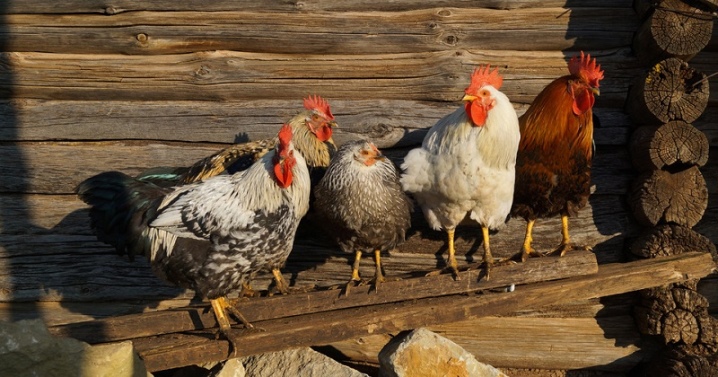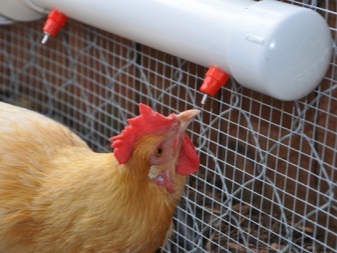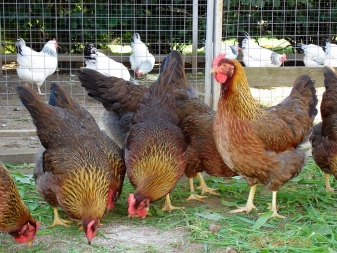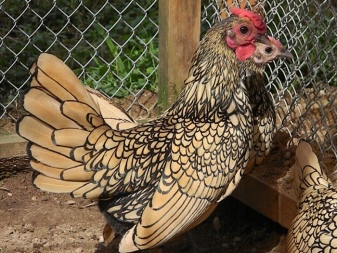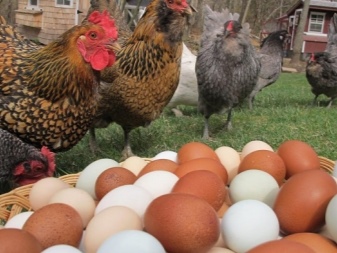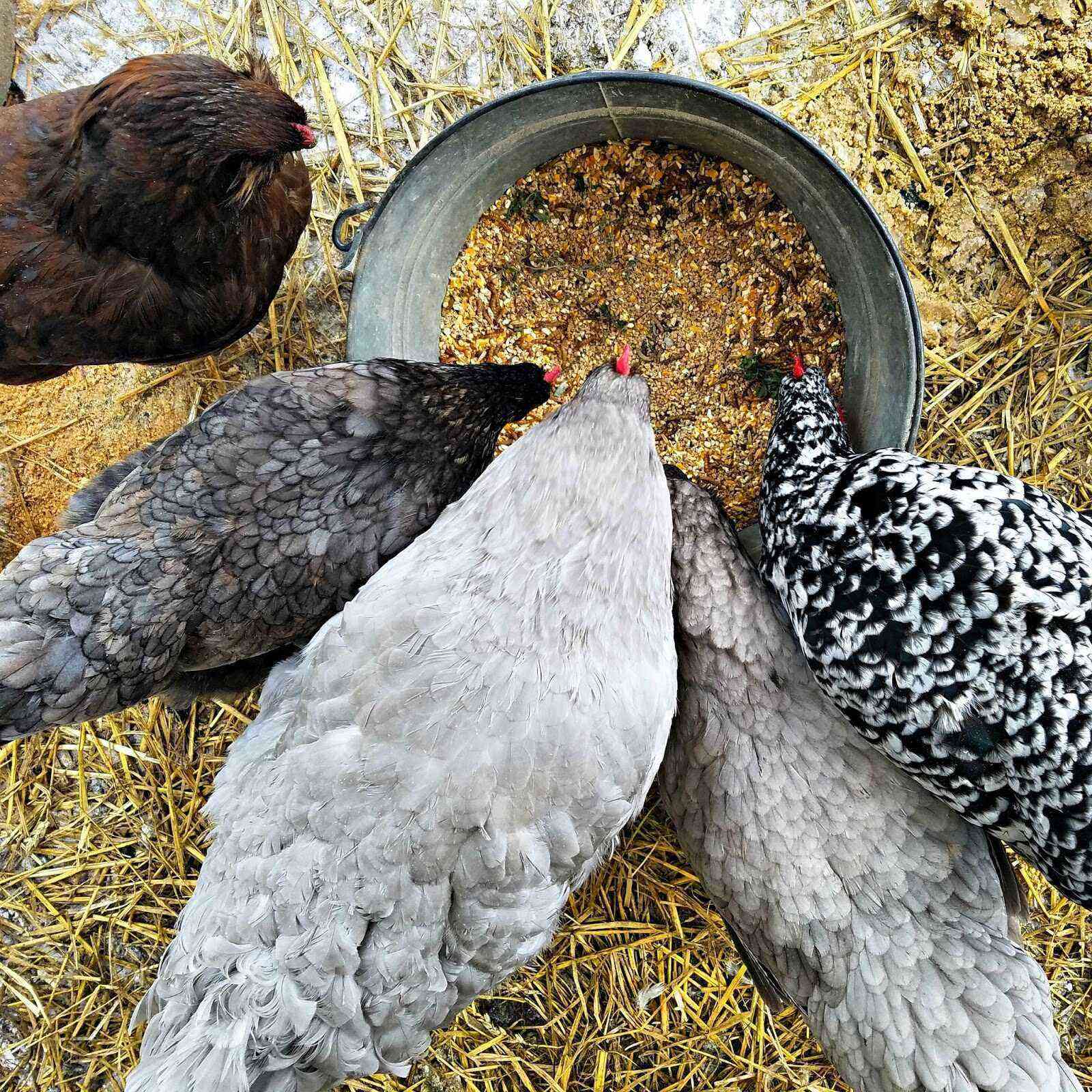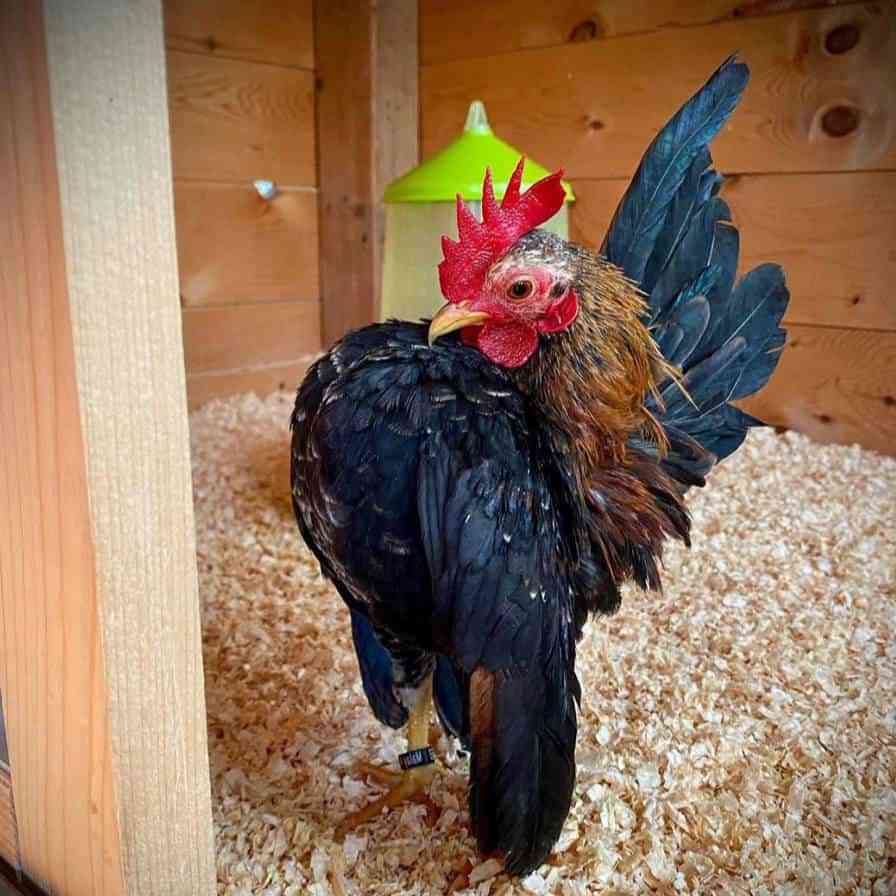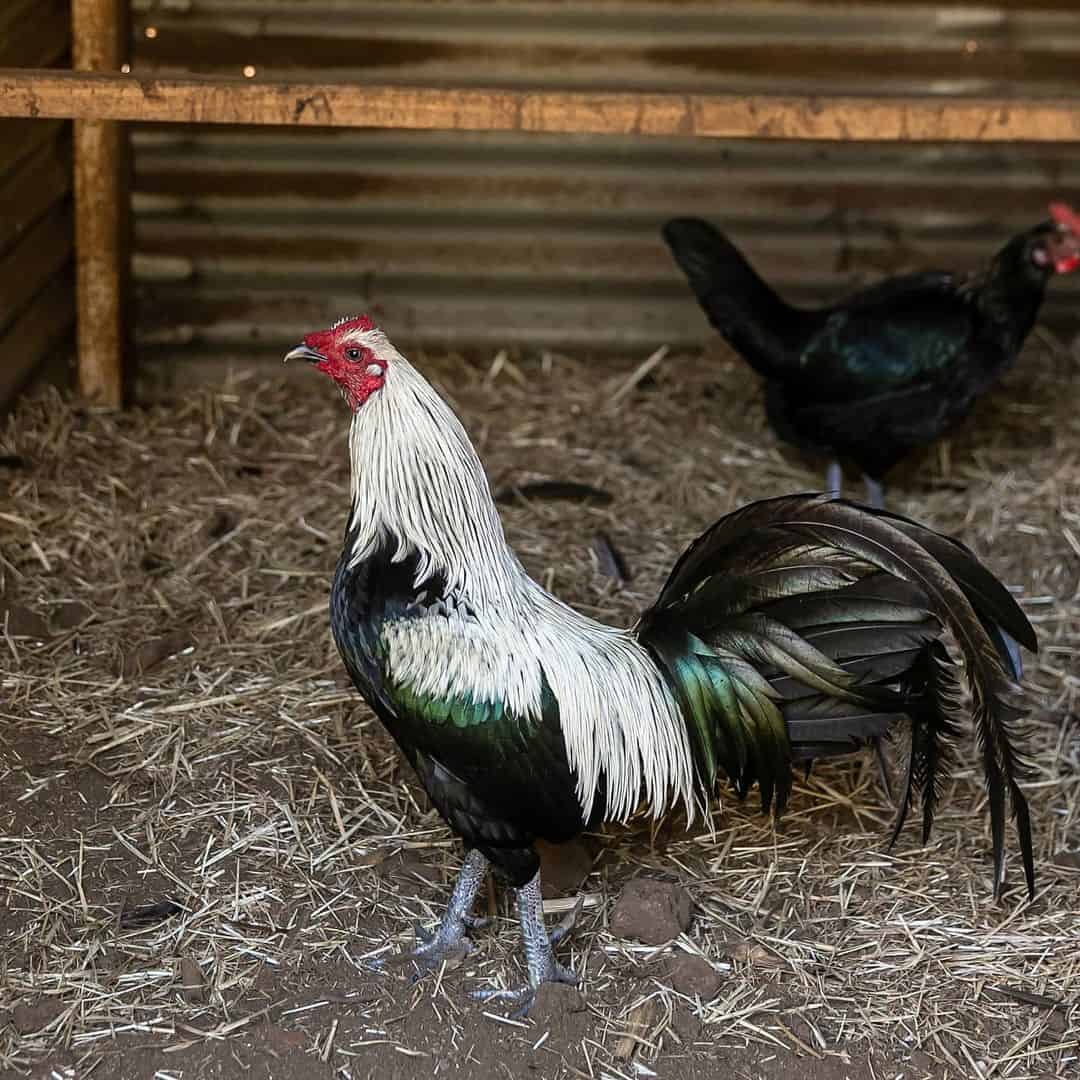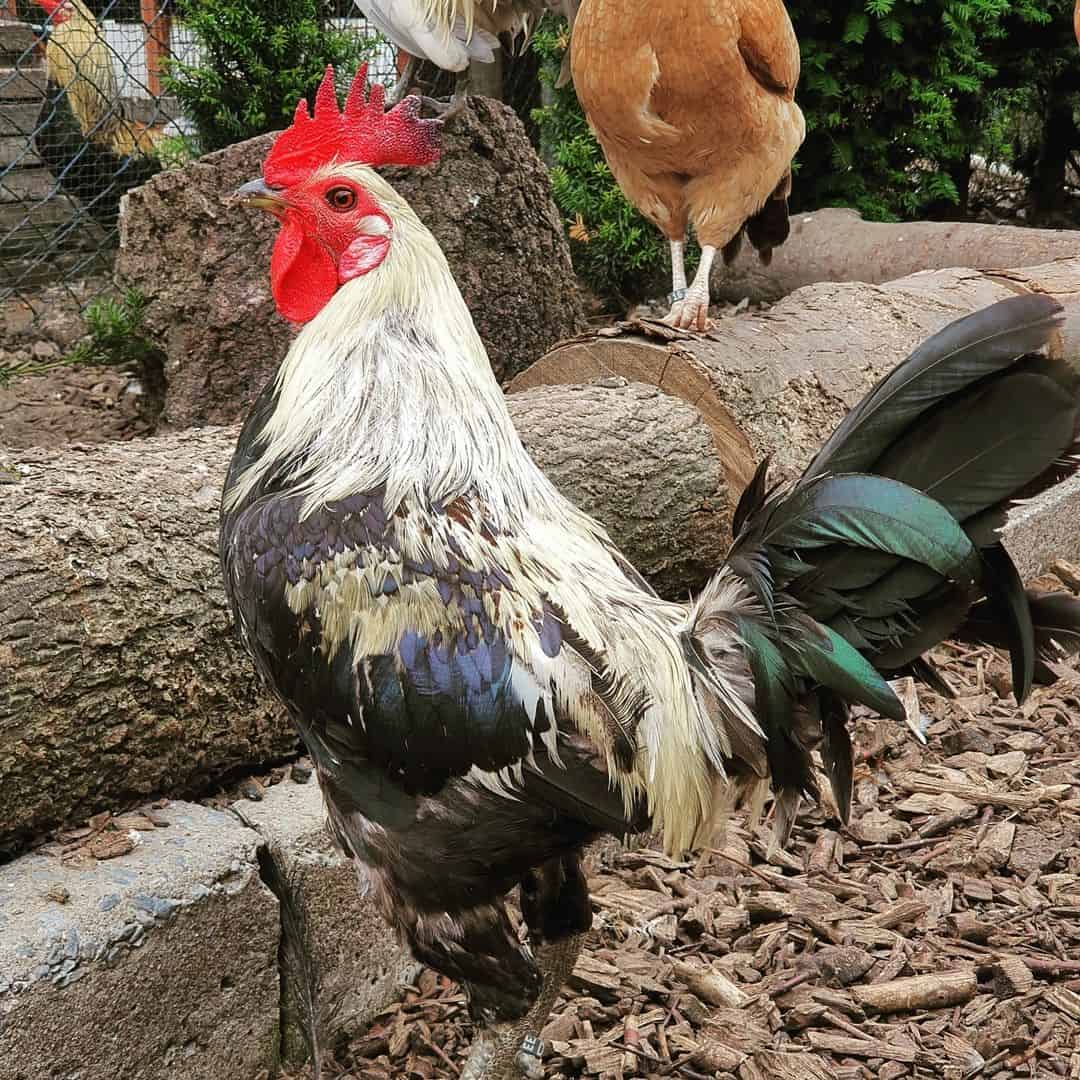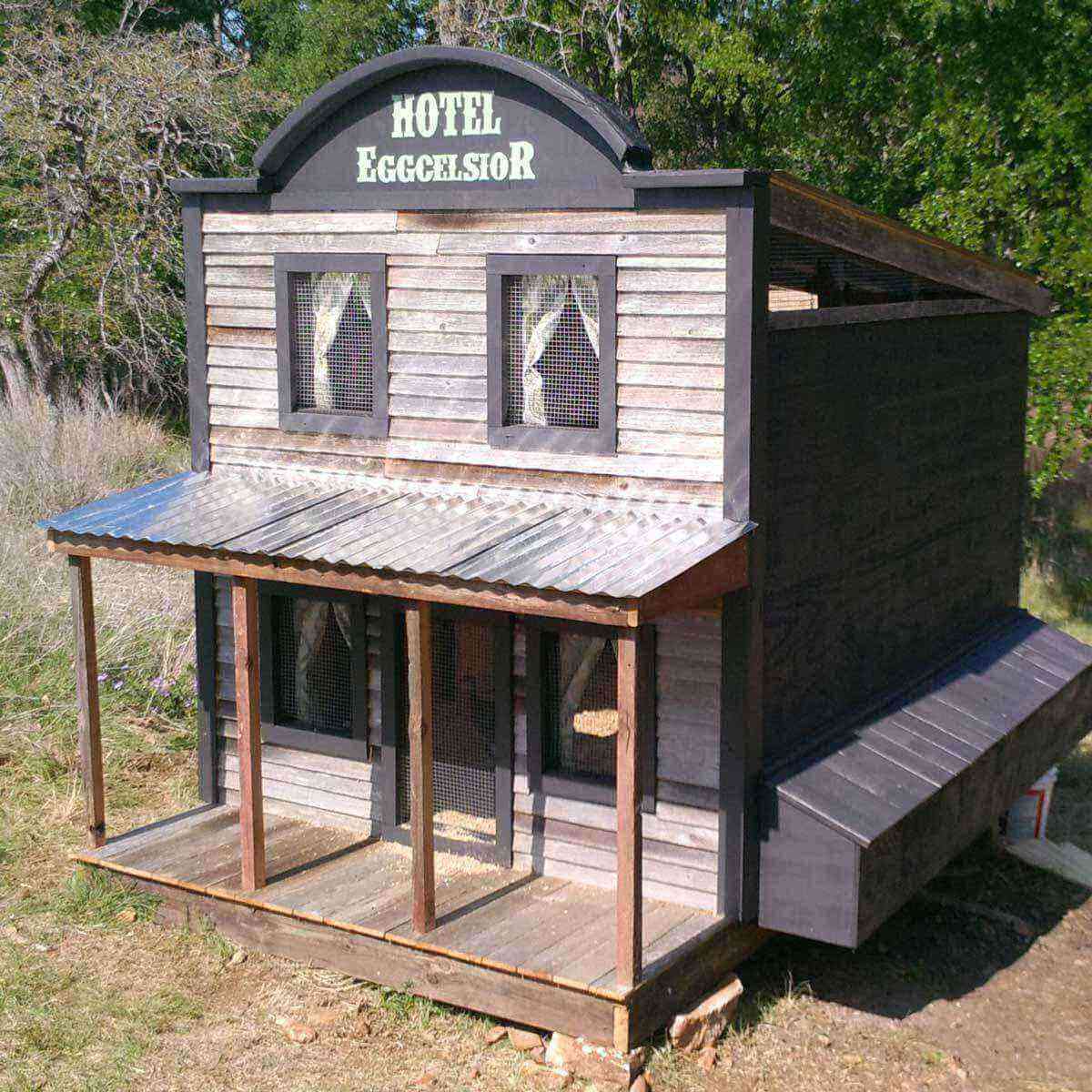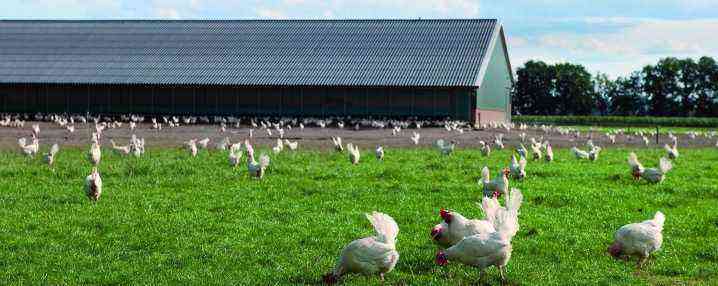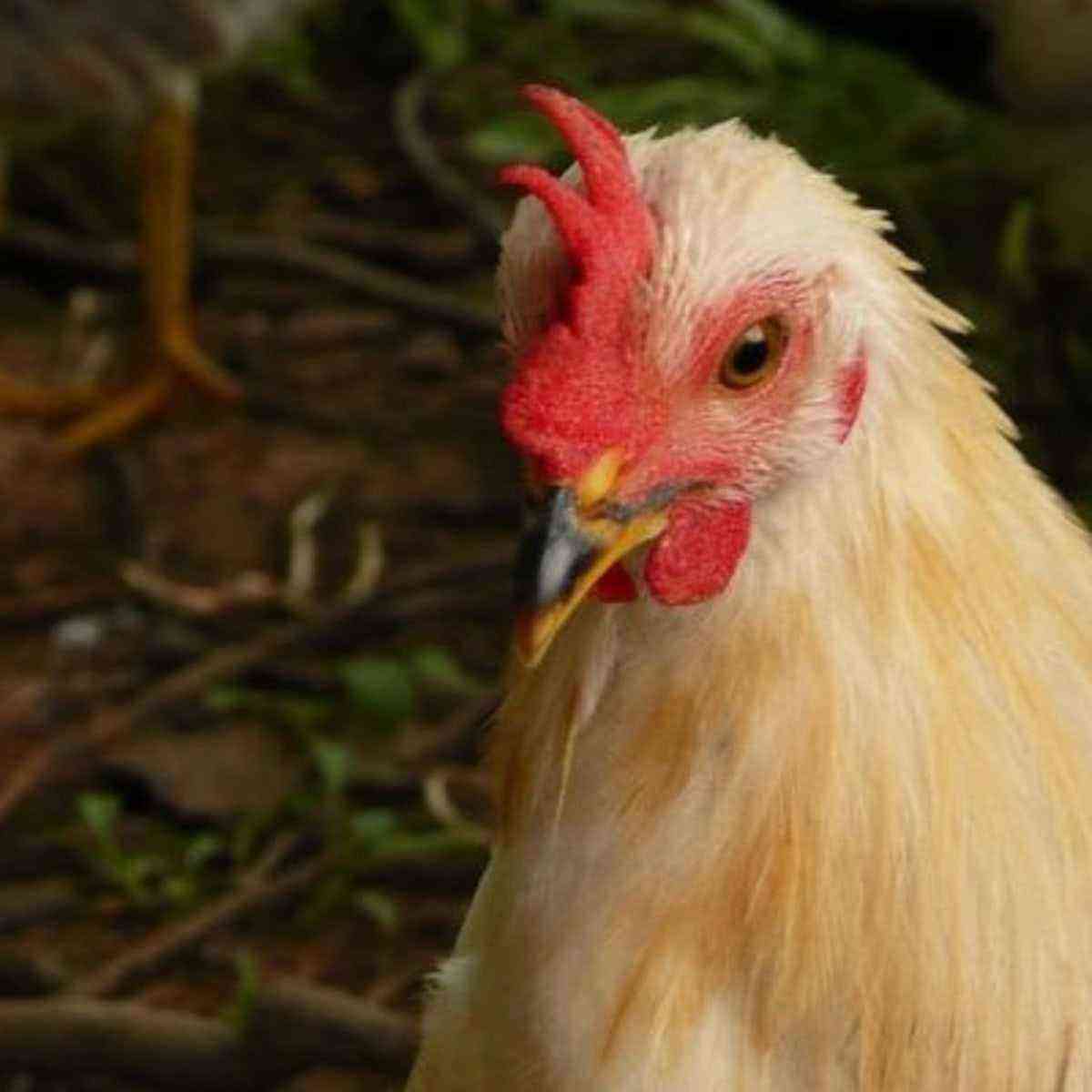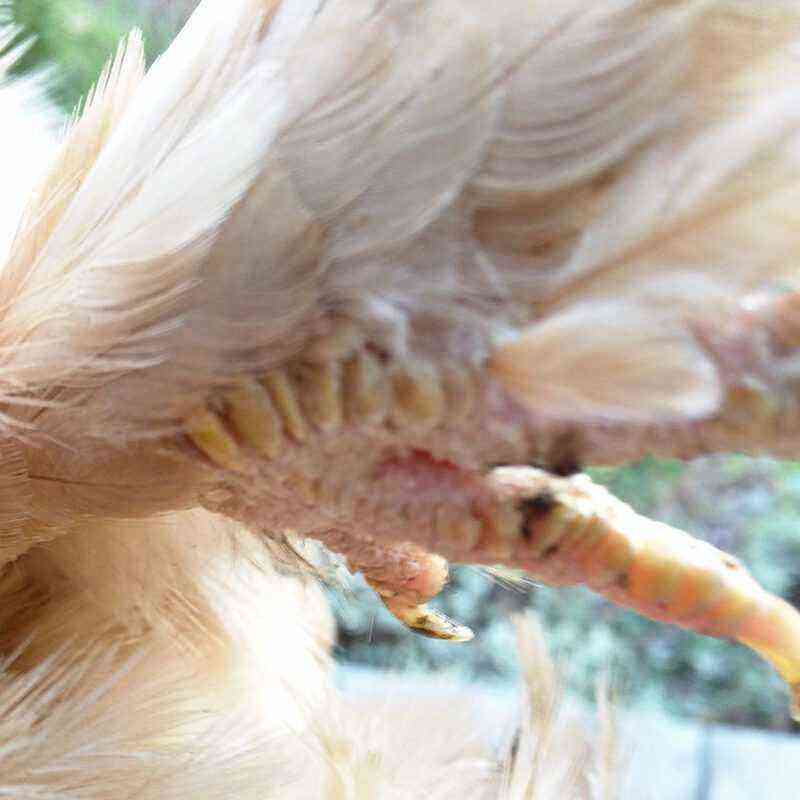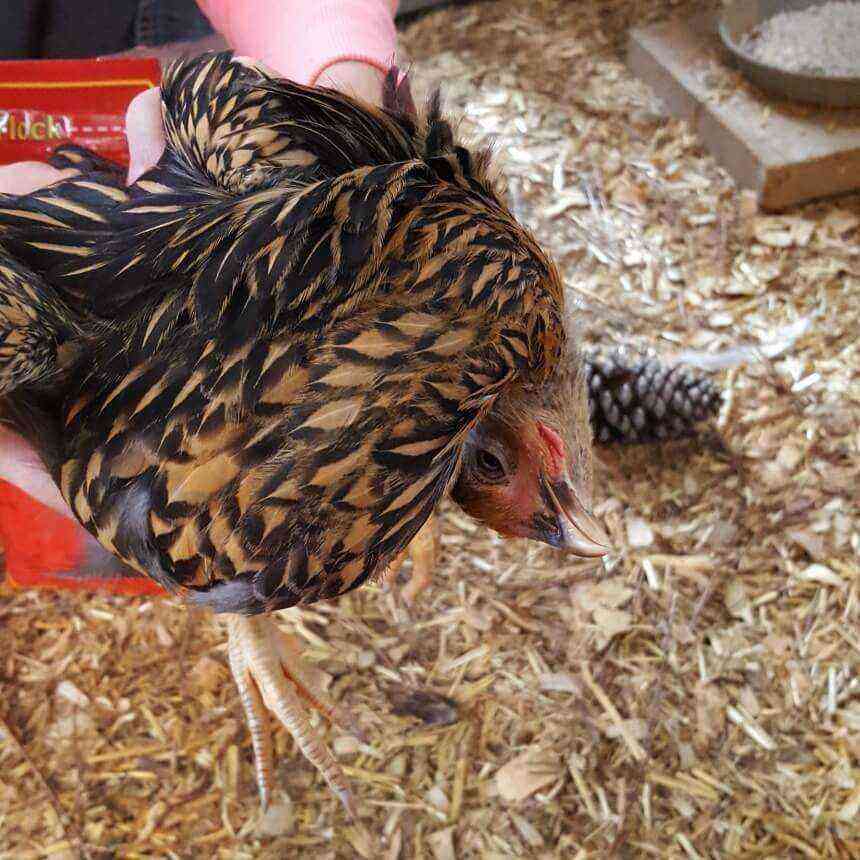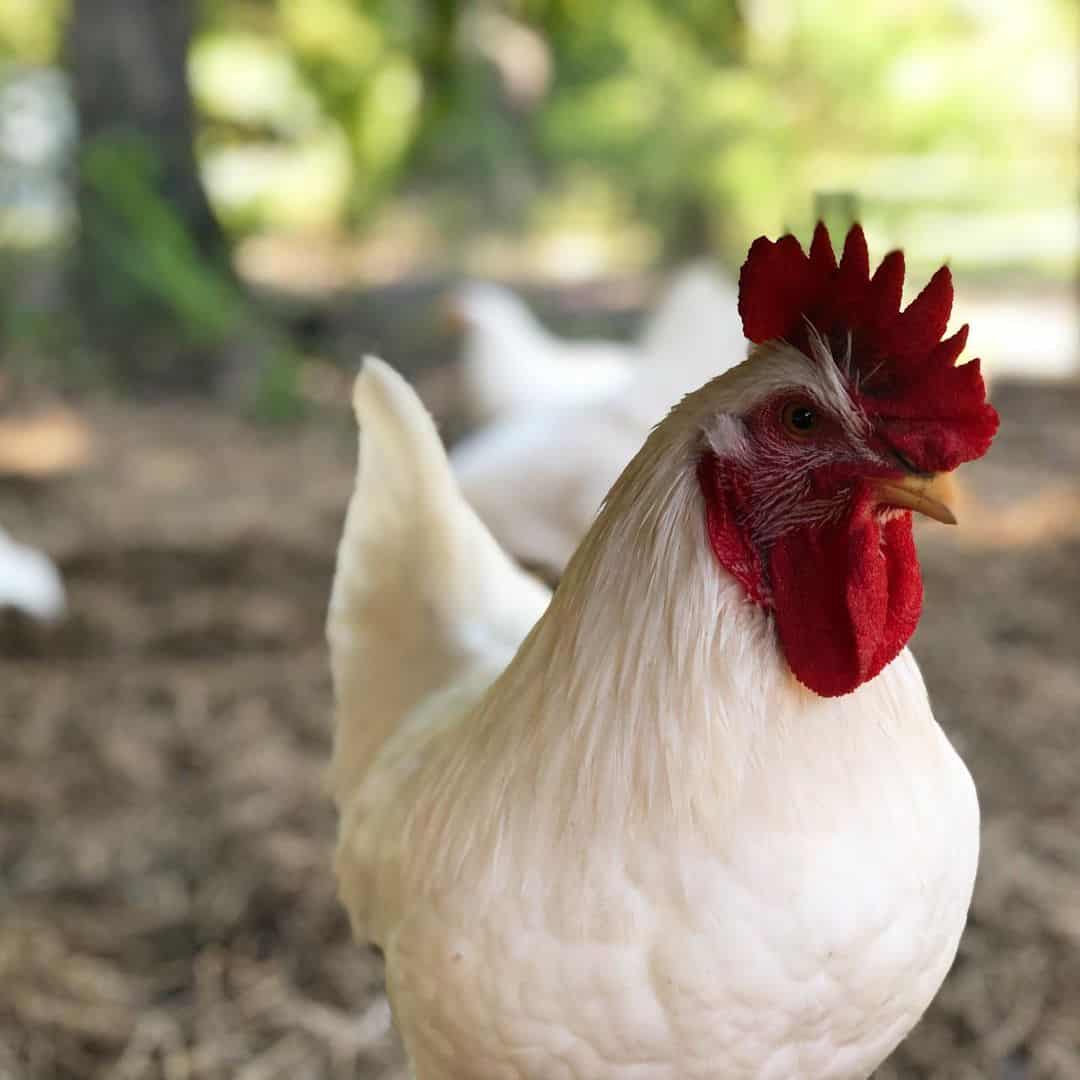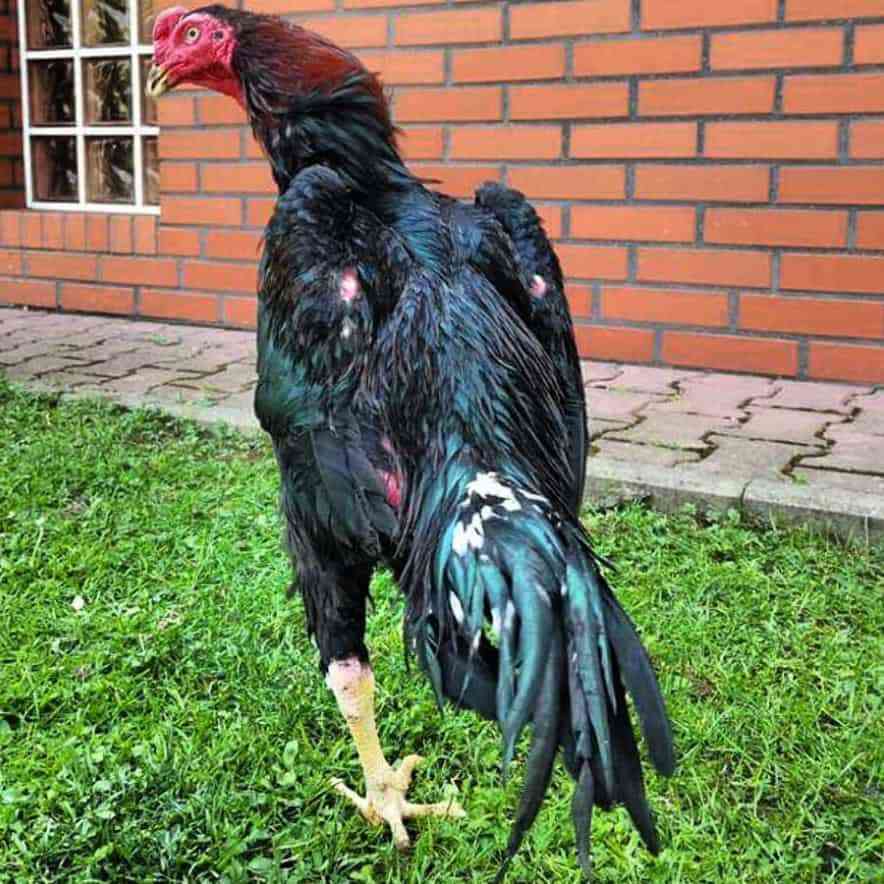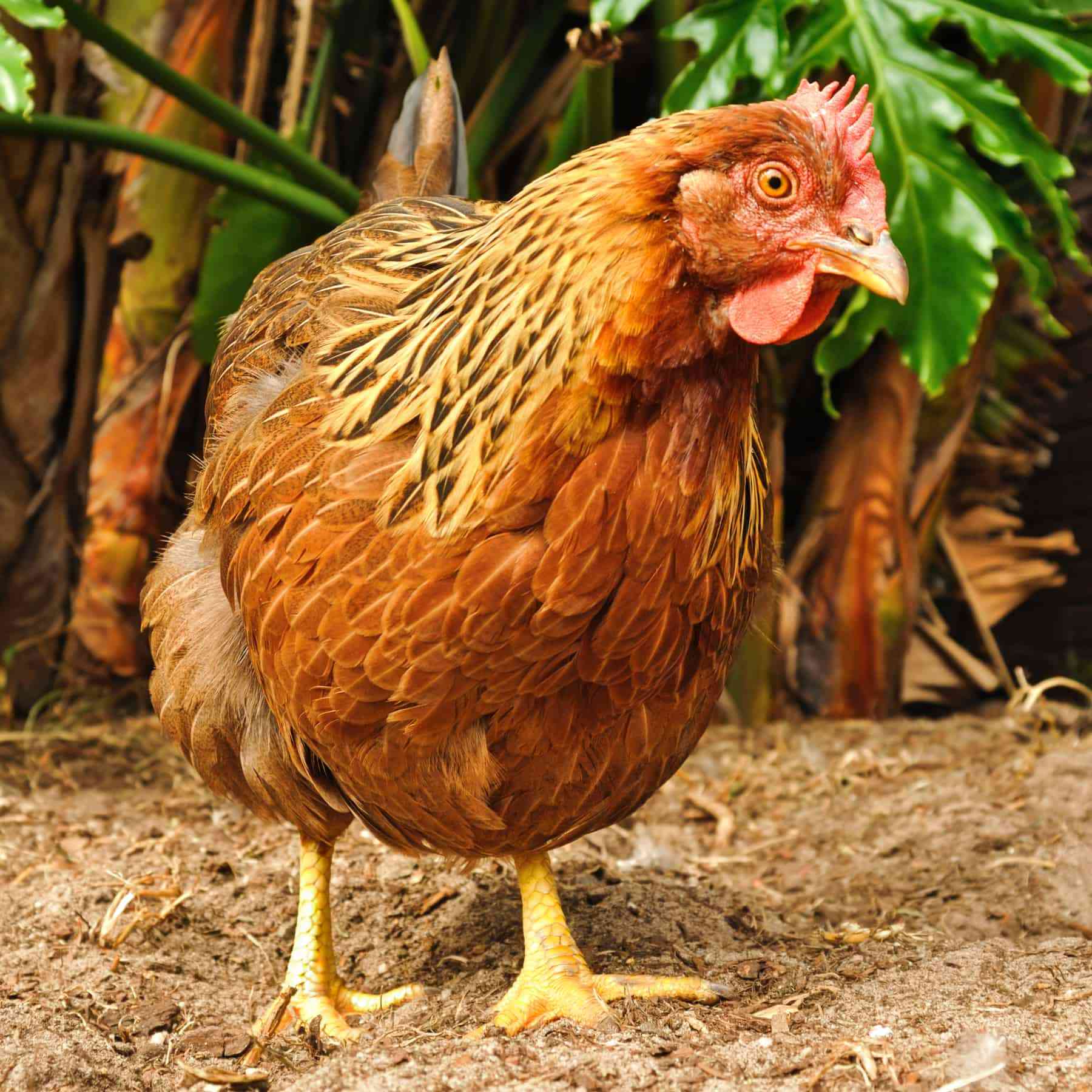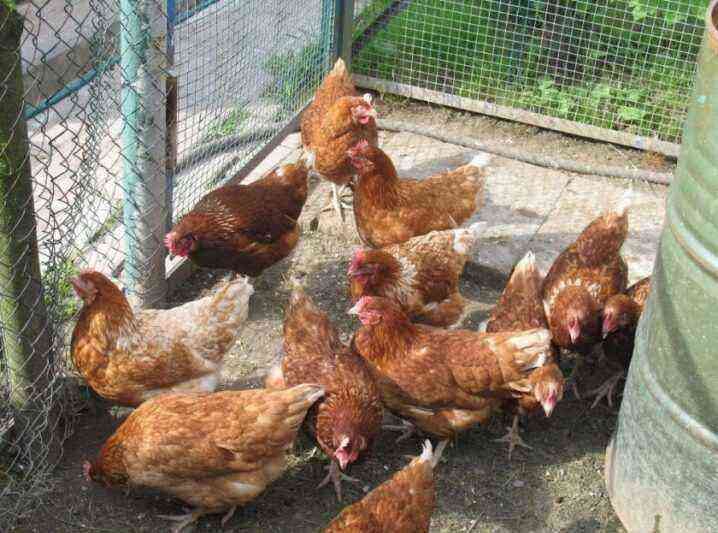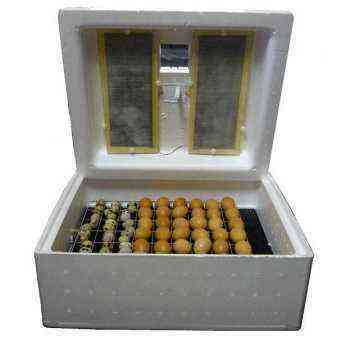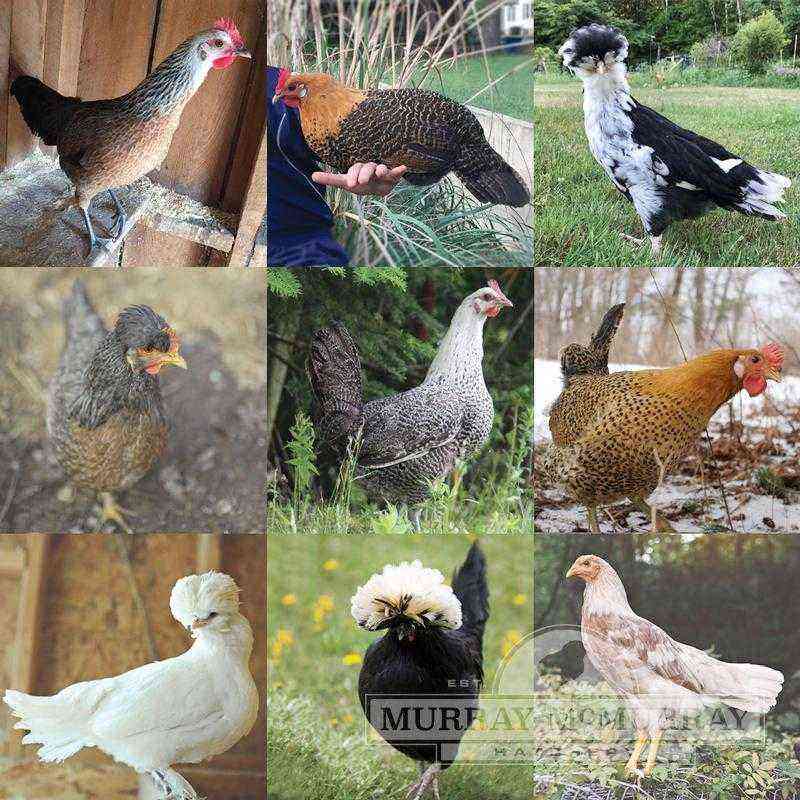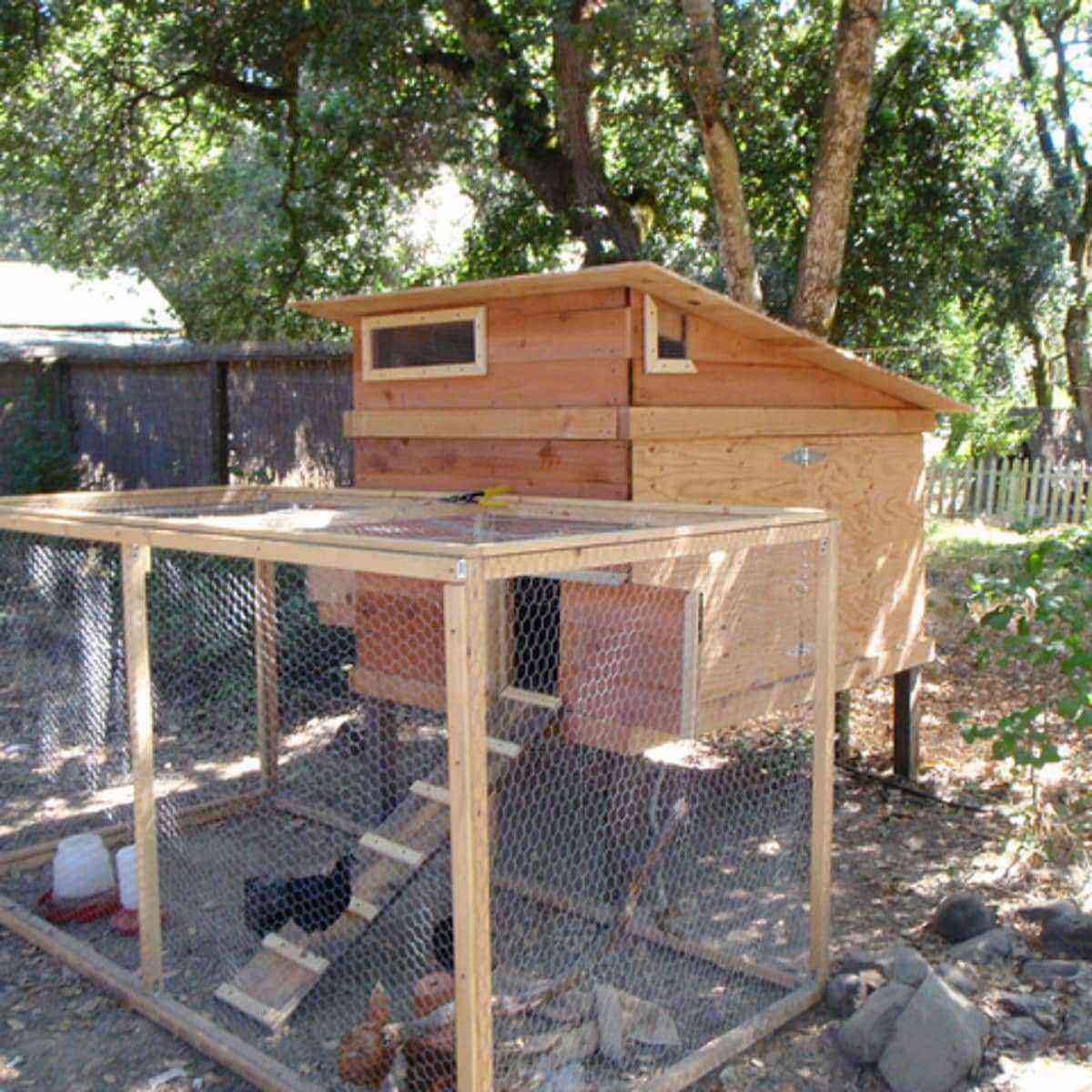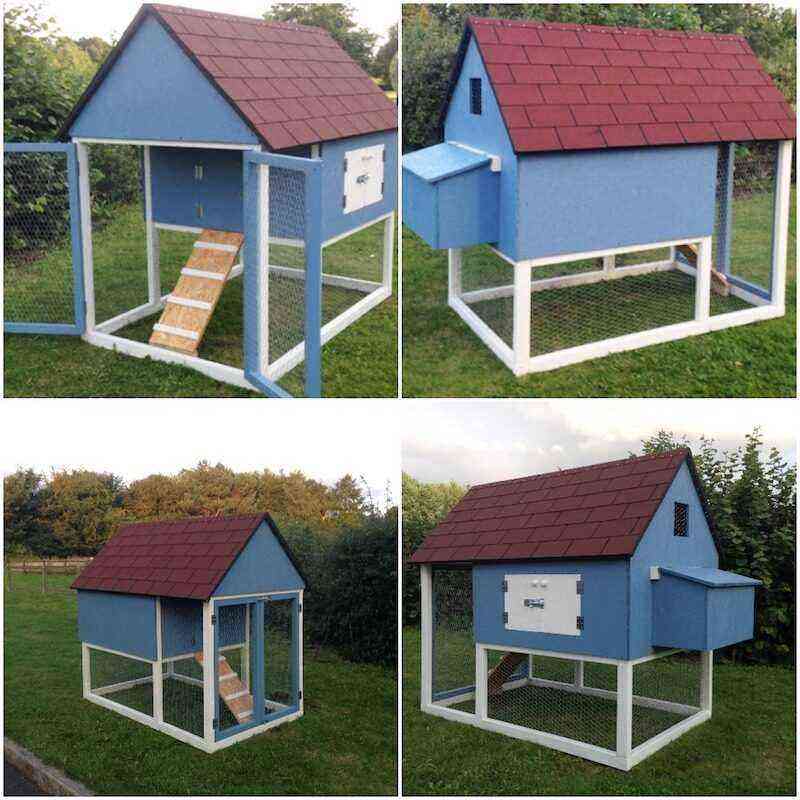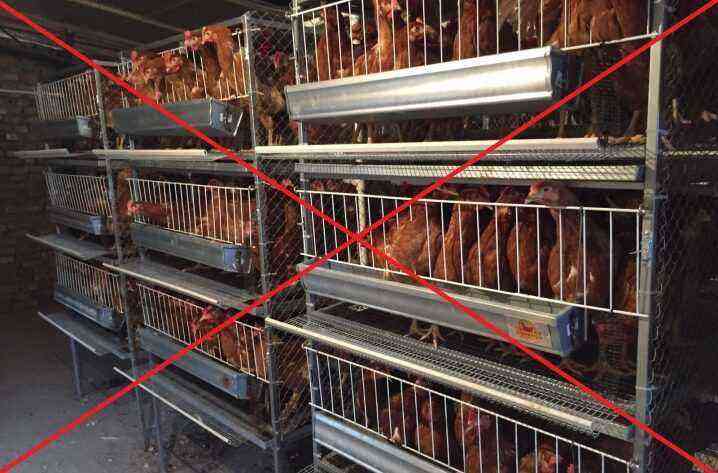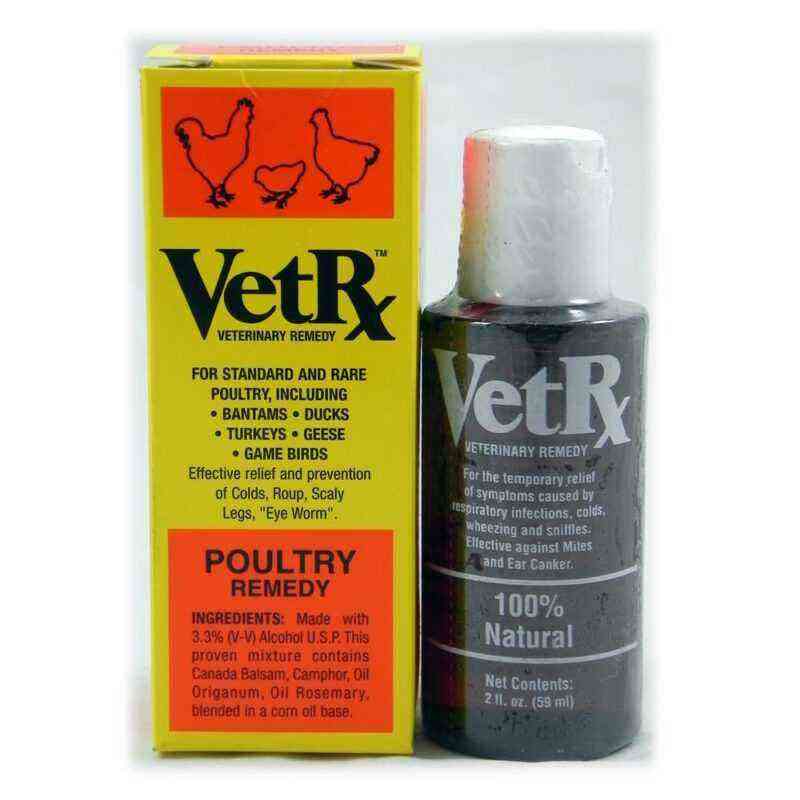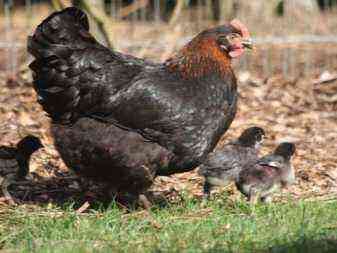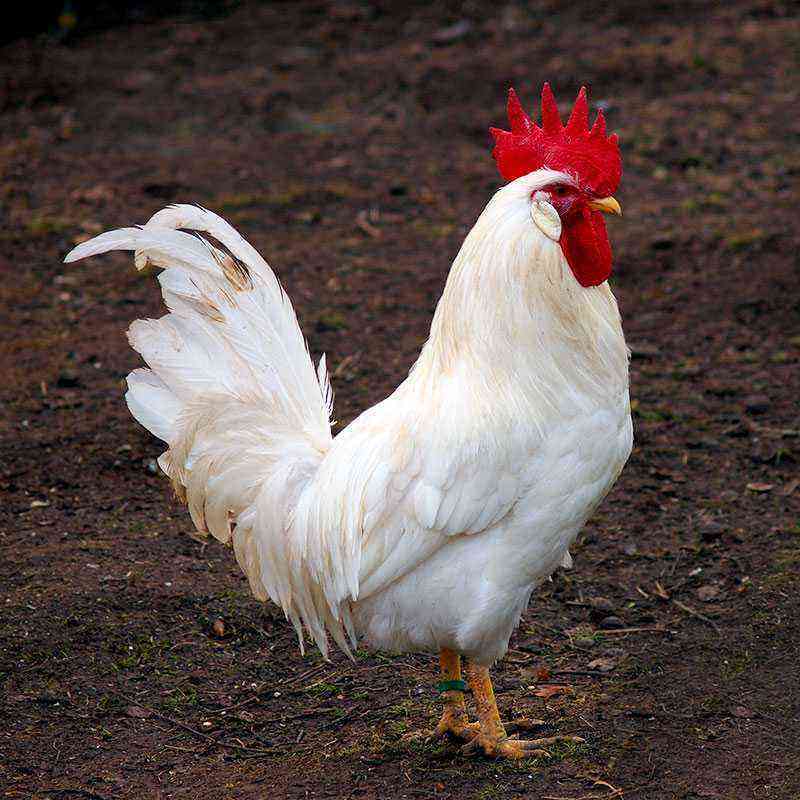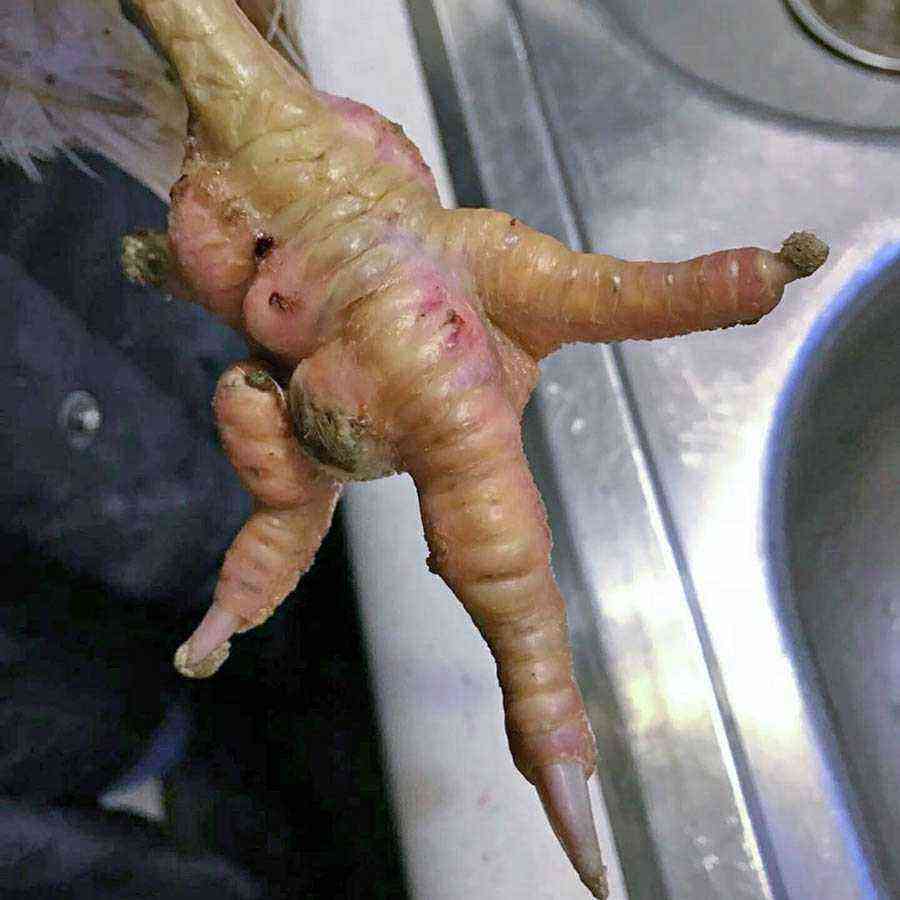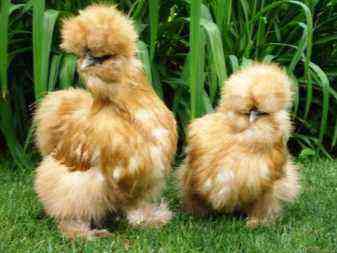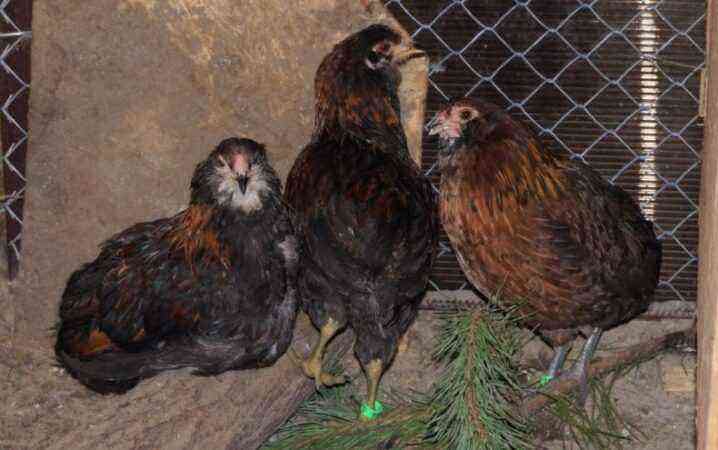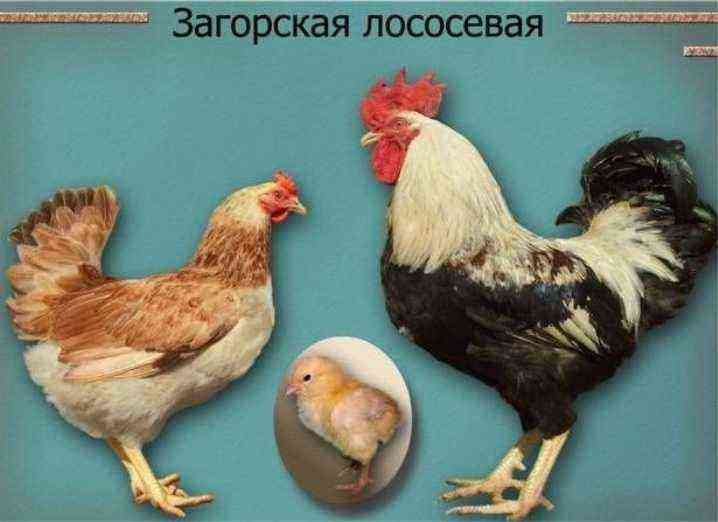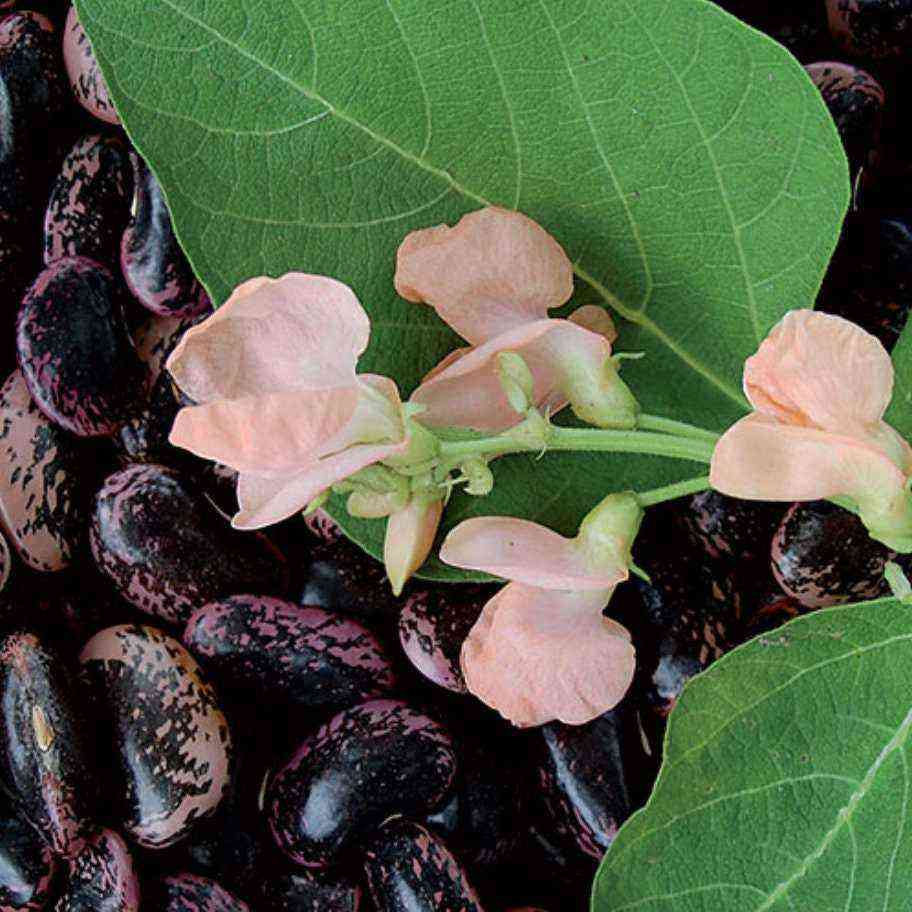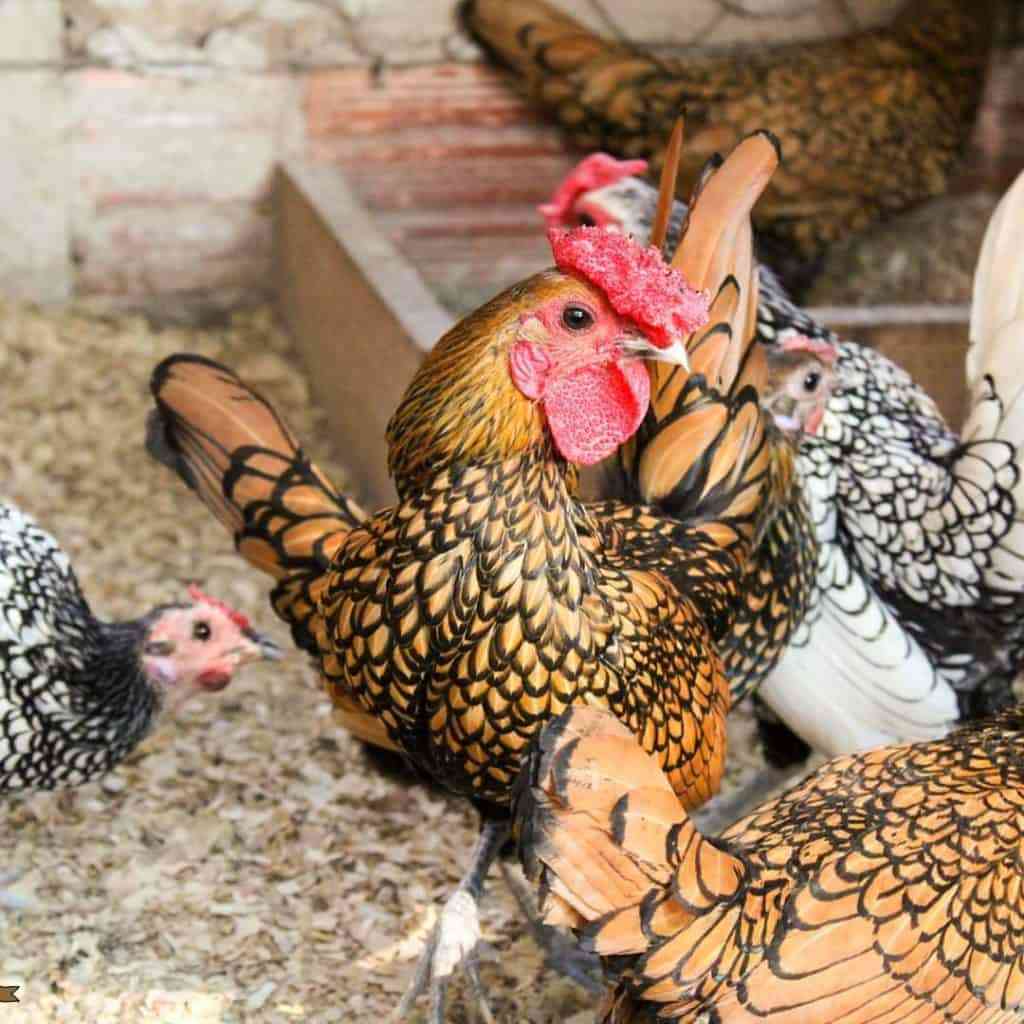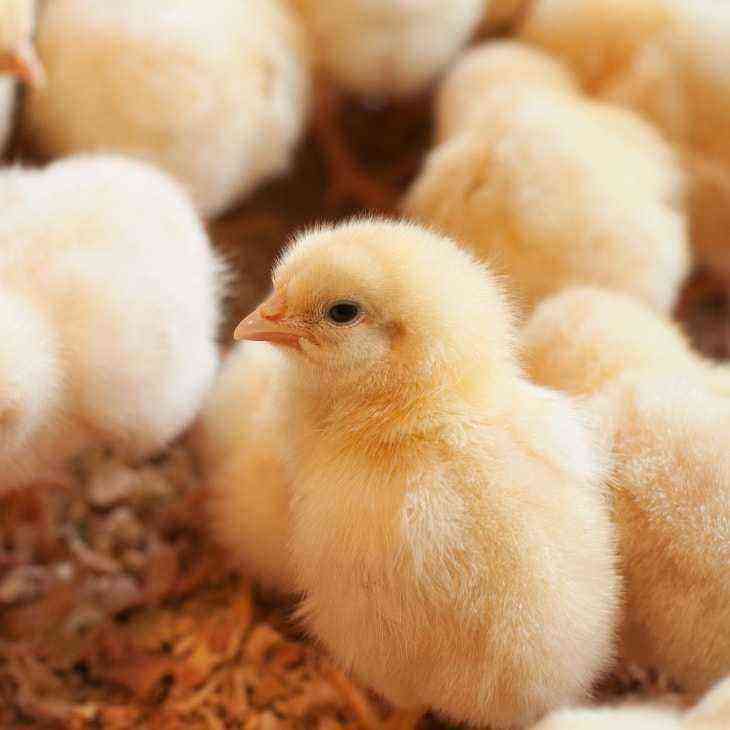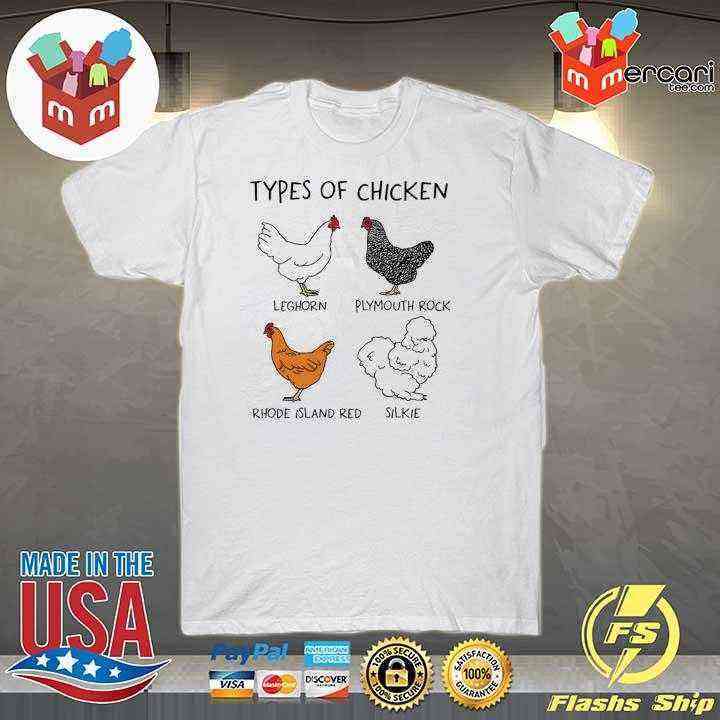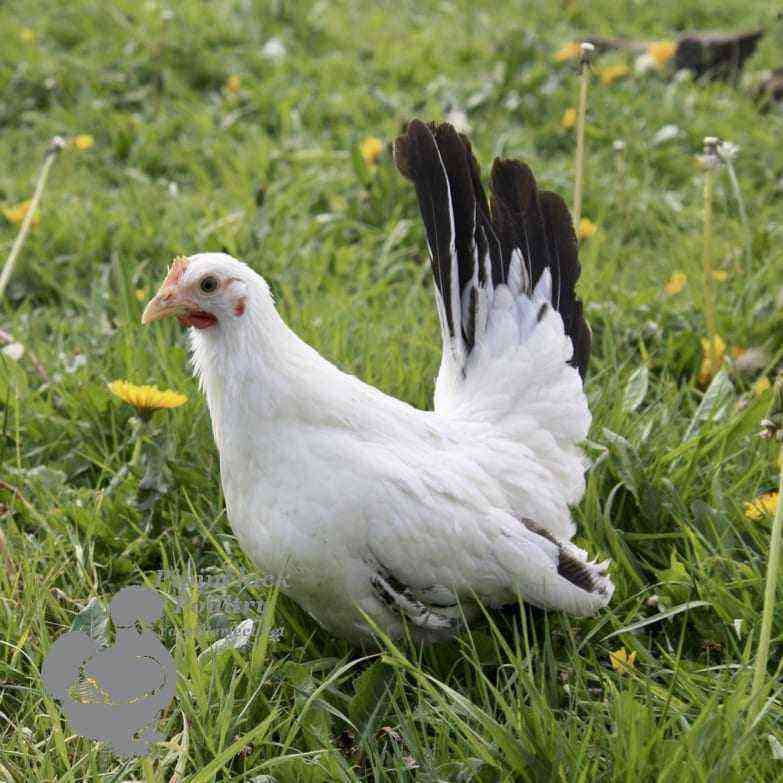Chickens and roosters are known to be the most popular home-raised birds. They allow you to get not only eggs, but also meat, as well as fluff. Of course, it is most profitable to keep these birds during their maximum productivity, and for this you need to know exactly how long they live, and what factors affect this period. How can you find out the age of roosters and hens?
What affects life expectancy?
Here it should be noted right away that the main factor influencing how long a bird will live is the goal pursued by its breeder. So, it is he who decides how long a chicken or a rooster will live – 3 years or 4 months. But there are a number of other factors that have a strong influence on the life expectancy of hens and roosters in private backyards and factories.
Conditions of detention
In order for the bird not only to live for a long time, but also to benefit its owner, its living conditions must be as comfortable and favorable as possible all year round. That is why there are important factors to consider.
- The length of daylight hours. Chickens feel most comfortable when the daylight hours are 14 hours. Therefore, in the off-season and in winter, it is imperative to use additional sources of lighting. Otherwise, the bird becomes lethargic, gains weight poorly, and its egg production is significantly reduced or even stops.
- Sufficient area for walking. On average, one hen or rooster should have half a meter of free space. Otherwise, the birds will push each other, they will not have enough space for a normal walk. It is not uncommon in such situations that there are cases of death of birds, they push, press on each other and, as a result, simply crush.
- The correct choice of the number of feeders and drinkers and their correct location in the chicken coop. Chickens must have free access to places of food and water, otherwise they will be deficient in fluid and nutrients in the body.
- Correct temperature. With too high heat, as well as extreme cold, the birds simply die, freeze or become lethargic. Weight gain and egg production are also declining. Therefore, it is best if the temperature in the chicken coop is within 20-25 degrees above zero. In the summer, the room should be well ventilated, and the walking area should be shaded.
- The chicken coop must be dry., there should be no places for accumulation of liquid and constant dampness and mold. Otherwise, the bird becomes ill, dies, and its offspring cannot be viable in the future.
It is imperative to sanitize the premises and places for walking chickens and roosters. So, the owner of the bird will not only protect his farmstead from infections, but also himself from the possibility of infection, from using eggs or meat for food.
Food
An incorrect and unbalanced diet of birds is often the cause of not only a decrease in their vital functions, but also an early death. It is best to choose compound feed and mixtures designed specifically for a particular breed of birds, and, if necessary, further enrich it with fresh fruits, vegetables and grass. But before that, it is imperative to consult with a veterinarian or an experienced breeder. You can prepare mixtures for feeding yourself, the main thing is to take into account what exactly they should contain in the correct proportions:
- proteins;
- fats;
- carbohydrates;
- minerals;
- vitamins;
- micro and macro elements.
It is best to use cereals mixed with legumes for this. It is also permissible to feed chickens and roosters with leftover food from your table, but only if they do not contain acid. Be sure to make special mixers based on fish and dairy products, alternating them. And as an additional source of calcium, chalk or lime must be added to them. The doctor will help you choose the exact proportions of all components, based on the age of the birds and their breed.
Walking in the fresh air is also required, because birds at this time further enrich their diet with insects and worms, as well as various types of herbs. It is important to remember about the dosage of feeding. Feeding troughs are filled twice a day in summer, three times in winter.
On average, feed consumption per bird ranges from 50 to 100 g, depending on the breed and the purpose of rearing.
Breed
This criterion is one of the main ones. Some types of chickens are simply not designed for long-term keeping at home or in poultry farms, even under conditions close to ideal. Broilers and poultry of meat breeds live the least, but laying hens and decorative chickens can live at home for up to 5-9 years.
It is very important to take into account the fact that the older the bird, the worse and tougher its meat and its quality, and egg production is rapidly declining every year. It is necessary to take into account the breed of birds not only in connection with the desire to keep them for a specific period of time, but also depending on the purpose of breeding in general.
Do not forget that even representatives of the best and most expensive breeds may not live to see the specified period of time if the conditions of keeping and feeding are not observed.
Chicken lifespan
Knowing the life span of these birds is necessary not only for their timely slaughter and rational spending of money on their maintenance, but also for the timely rejuvenation of the entire farmstead. Depending on the species, these birds can live as long.
- Up to 7 years. This applies to ordinary domestic chickens. But, as a rule, the owners of such a bird begin to slaughter it when it reaches the age of 3-4 years. Older chickens no longer produce such high egg production rates, and their meat becomes very, very tough.
- Broiler chickens can live up to 5 months. Of course, their age can reach 2-3 years, but only long-term cultivation is economically unprofitable – birds are grown for meat, and when they reach 6 months of age, they no longer gain weight. With proper nutrition and the right conditions for slaughter, broiler chickens are already ready from the age of three months.
- Up to 2 years of age, birds are kept in poultry farms, and this only applies to those that have an egg direction. Meat-oriented chickens are sent for slaughter at the age of about 1 year.
It is also noteworthy that, on average, chickens can live up to 15 years, but this is subject to their proper maintenance. However, at home, and even more so in poultry farms, they have not been kept for so long. This is economically unprofitable, as a result, the maintenance costs are several times higher than the potential income that one chicken can bring.
If we talk about roosters, then on average their life expectancy is the same as that of hens. Their age can reach 13 years. As a rule, most males are sent to slaughter before the age of 1 year, while their meat is still young, soft and nutritious. A few are left to fertilize laying hens, usually the calculation is simple: there is one rooster for 10 hens.
They bring the greatest benefit in the first 2-3 years of their active life, but if there are more chickens in the compound, then this period is reduced to 1-2 years. Therefore, we can say with full confidence that the average life expectancy of roosters, regardless of their breed (with the exception of broilers), is from 1 to 4 years. Early maturing broilers are sent for slaughter at the age of 2 to 6 months.
How to determine age?
It is very important for the timely rejuvenation of the chicken coop and the slaughter of birds at the right time to be able to distinguish old chickens from young ones. It is not always possible to trust bird sellers about their age, often unscrupulous breeders try to sell an old bird under the guise of a young one. To distinguish that there are young chickens in front of you, and not old ones that are no longer able to benefit the birds, you need to pay attention to the following points.
- The color of the paws and the beak itself. In most breeds of chickens, these parts in young individuals have a lighter and slightly glossy color, while in older birds they are colored dark yellow, one might even say orange.
- Plumage. If it is bright, shiny, uniform, then you have a young bird in front of you, and the more new small feathers it has on its body, the less its age. In adult chickens, especially in old feathers, feathers are dull, frayed, and there are practically no new ones.
- The condition of the skin on the paws and beak. The more worn these parts of the body, the more wrinkled the skin on the limbs of the bird, the older it is and the less benefit it will bring to its owner.
- bird activity. Pullets are always more nimble and mobile, the older the hen, the less she moves and the slower she tries to approach the feeder.
- The size of the abdomen and its elasticity. In young hens, this part is small, soft and practically not protruding. In old birds, the stomach is always elastic and harsh.
- The color of the pupil and cornea. It is this evaluation criterion that is considered one of the most reliable. In a young bird, the cornea is always white, and the pupils have a bright saturated yellow color.
The duller the eyes of the birds and the darker their color, the older and their age.
These criteria are suitable for estimating the approximate age of both hens and males. At home, you can determine how old a laying hen is by the state of her eggs.
- A strongly spreading yolk of a pale color, large eggs with a thin peel are usually carried by old laying hens. Moreover, the thinner the shell, the older the bird.
- Eggs weighing up to 60 g, with a bright yellow yolk, which practically does not spread and a hard shell, on the contrary, are inherent in young hens.
The age of a bird is one of the key criteria that allows you to determine in advance how useful it will be in a personal household. And taking into account the factors that affect the life expectancy of a bird will allow you to calculate the economic benefits and benefits as accurately as possible.
For how many years chickens live, see the next video.
